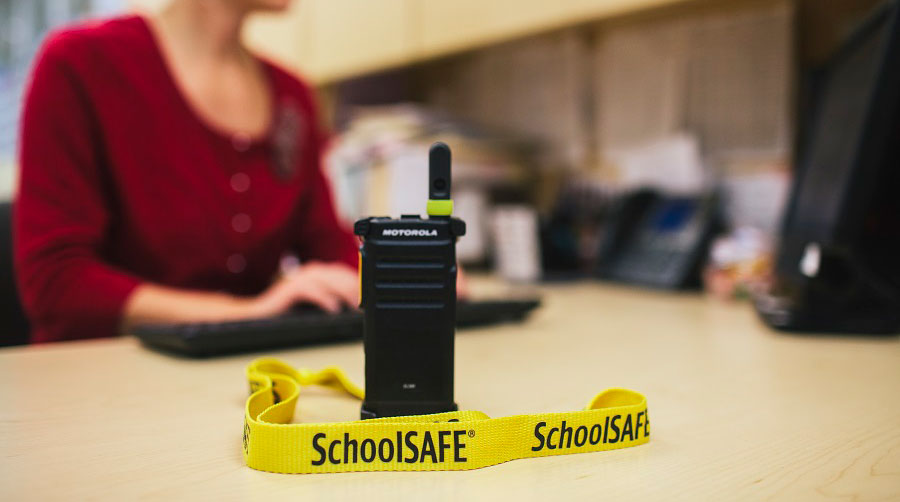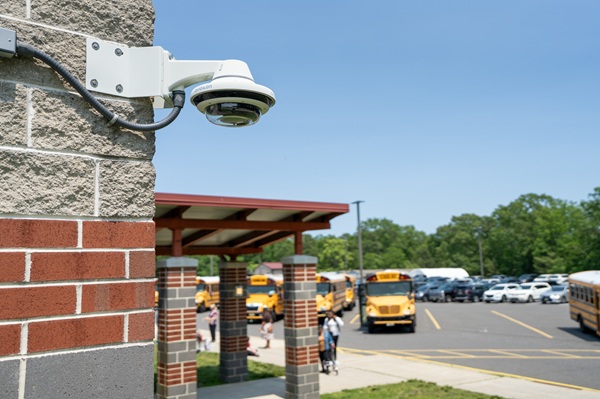Vaping, inhaling vapor created by heating a liquid via an e-cigarette or vape pen, was initially marketed as a safer alternative to tobacco cigarettes. Originally believed to be less harmful than traditional cigarettes, vapes were designed to help smokers quit. Delivering a highly addictive dose of nicotine, combined with calorie-free flavorings and sweeteners, vapes appeal as a crutch for adults and alarmingly, children too. This has caused a growing rise in vaping in schools.
How to stop vaping in schools
The Annual National Youth Tobacco Survey found that around 1.63 million middle and high school students currently vape, with 1 in 4 claiming to do so daily. Although vaping is considered less damaging than cigarettes, it is certainly not without risks and the long-term effects are still unknown. Schools can play a pivotal role in helping students avoid vaping, whilst offering support to those already addicted.
Enforce a vape-free policy
An anti-vape policy, complete with signage, should be enforced across school premises (ideally, vaping should not be permitted anywhere inside K12 schools or universities, although some universities may make the decision to create vaping/smoking areas). Students should be aware of the consequences of violating the policy, and the disciplinary measures this would invoke. Likewise, teachers and other members of the school staff should model an example to students by not vaping on school grounds.
Install vape sensors
Schools should continue to educate all students on the dangers of vaping. Vape detectors can help identify those students who are most addicted and need the greatest assistance combatting their dependence. Small and discreet, vape detectors are specialized sensors that identify specific chemical particles in the air, triggering an alarm upon detection. Installing detectors in bathrooms and other sensitive areas, where behavior is monitored less closely and violations are more likely to occur, will help to create a safer, healthier learning environment for students and staff.
Share the truth
Vapes have several serious side effects, which schools should make students aware of during health education lessons and special assemblies dedicated to the topic.
Risk to physical health For adolescents, whose lungs are not fully developed, the effects of vaping are thought to be more profound and long-lasting. Vapes contain nicotine, which raises your blood pressure and causes your adrenaline to spike, increasing your heart rate and the likelihood of a heart attack. Research suggests that like cigarettes, vape users are more prone to breathing-related issues, such as lung and cardiovascular disease, asthma and some cancers.
Teenagers are increasingly using vaping devices laced with THC and other illicit drugs – both willingly and unknowingly – leading to medical emergencies and overdose situations owing to unregulated sources and high concentrations of other drugs.
Impact on mental health As their brains are still developing, nicotine exposure during adolescence can also have a detrimental effect on mental health. It impacts the brain regions responsible for attention, learning, mood and impulse control, as well as aggravating anxiety and depression – and contributing to poor sleep quality.
Safety concerns In the US, the Food and Drug Administration (FDA) regulates vaping products to ensure they meet public health standards. However, their popularity has created an unregulated surge of counterfeit products that don’t meet safety standards. They’re often made from low-quality materials and faulty batteries, and can easily overheat and even explode. This has led to several cases of severe injuries in vapers, and even deaths.
Distributors of fake vapes and vapes containing illegal drugs use social media to target young users, and often have links to organized crime and exploitation gangs – exposing teens to further dangers.
Create student support groups
Despite the risks involved, many teenagers may still be intrigued by vaping, and the need for social acceptance could cause them to try it. Schools should be realistic about this, and encourage open and non-judgmental communication. Peer-to-peer support groups allow students to share their experiences and support each other in resisting peer pressure, as well as providing encouragement around successfully quitting vaping. For those students facing a serious vaping addiction issue, access to counseling, mental health support and quitting programs can be a positive step.
At Motorola Solutions, we’re serious about supporting schools in ensuring students are part of a safe and supportive environment where they can focus on their education. Our school safety solutions include a system of products that elevate campus safety, help schools to deliver an efficient emergency response, as well as maintain effective communication with parents. If you’re looking to see how your school environment can be better protected, our expert representatives are waiting to hear from you.




